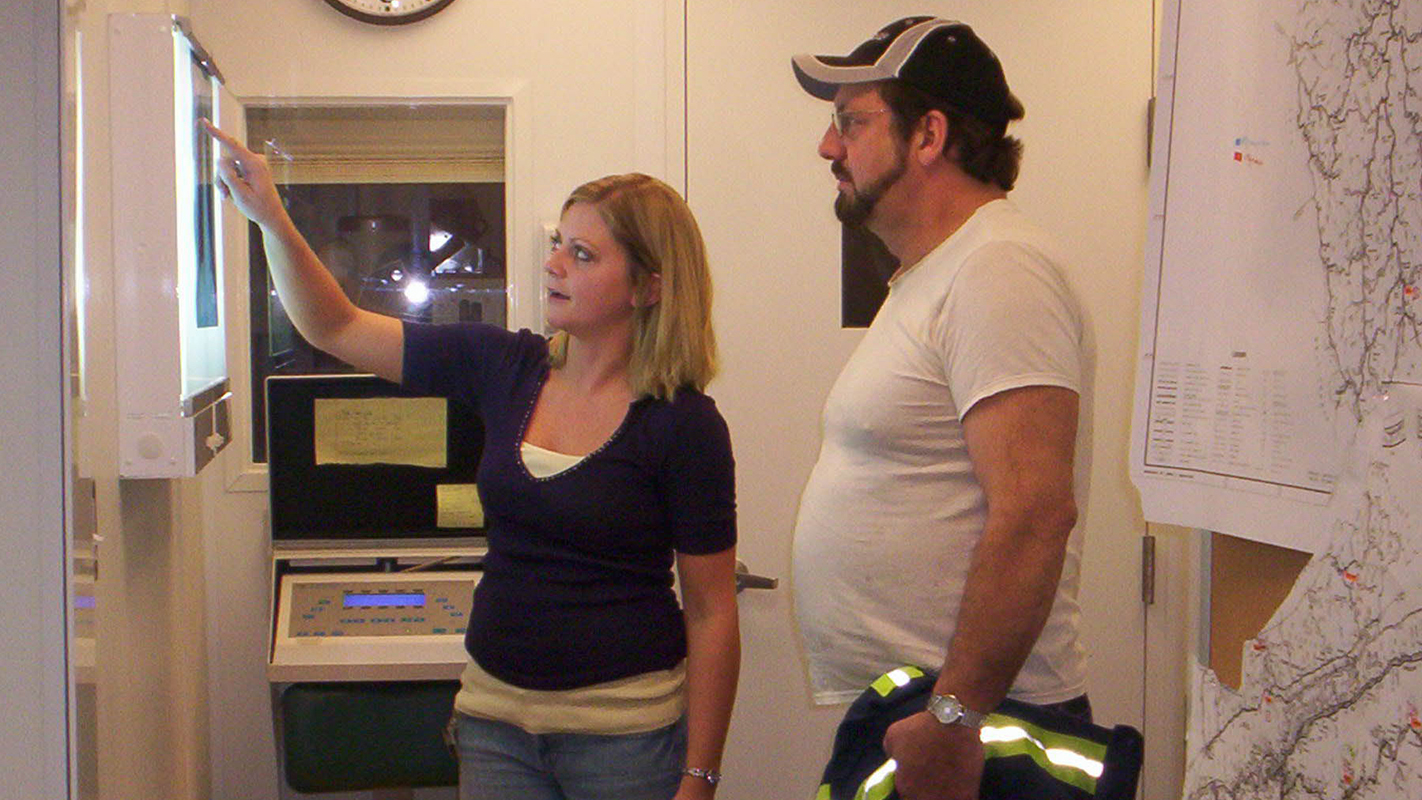Research Seeks Answers to Black Lung Resurgence in Central Appalachia

Editor’s Note: This is a guest post from Nash Dunn, a writer in the communications office of the College of Humanities and Social Sciences. The post first appeared on the college site.
For some, the words “black lung” may stir thoughts of a now irrelevant disease that was once responsible for the deaths of hundreds of thousands of miners. Unfortunately, it’s back on the rise.
Between 1969 and 1999, cases of black lung, or coal workers’ pneumoconiosis, among miners dropped from nearly 30 percent to 3 percent. But recent research shows that trend reversing in central Appalachia.
Aysha Bodenhamer, an NC State doctoral student, aims to find out what’s led to the resurgence of black lung, and what miners, their families and the industry are doing about it.
Bodenhamer, who is pursuing her Ph.D. in sociology, is using a dissertation award from the Rural Sociological Society to start her research this fall. This project draws from the theoretical work on contested environmental illness, elite resistance and environmental health movements in an effort to examine environmental health activism surrounding black lung. Through interviews, fieldwork and secondary data analysis, Bodenhamer will study how central Appalachian communities are addressing the disease today.
“As a sociologist, I’m interested in the social dynamics surrounding black lung,” Bodenhamer said.” “For instance, what role does class and power play in prevention and compensation efforts? How are powerful actors contesting claims of black lung? And how are miners experiencing black lung?”
The disease, which is caused by the repeated inhalation of coal dust, can lead to lung impairment, disability and premature death, according to the CDC. Also, while complications from black lung can be treated, there is no effective treatment for the disease itself.
In the United States, where black lung has killed more than 200,000 former miners since 1900, the passage of the Coal Mine Health and Safety Act of 1969 led to a sharp drop-off in cases until recent years. The act, which has been amended over time, offered health benefits and compensation to miners with black lung.
“While there was a movement that led to the legislation being passed and a decrease in prevalence, now there’s this second wave of cases,” Bodenhamer said. “Is there something within this bureaucratic structure that’s failed? What is it and what can we do about it?”
Bodenhamer’s latest project builds off her broader research on mountaintop mining in central Appalachia. Also known as mountaintop removal, it’s a form of surface mining where mountain summits are removed to expose coal seams.
The areas where most mountaintop mining operations are largely concentrated —West Virginia, eastern Kentucky and southwest Virginia — are also the places where the worst cases of black lung are clustered, Bodenhamer said.
“Surface miners, who were once exempt from some of the governmental regulations, are now among the leading groups being diagnosed with black lung,” she said.
Bodenhamer started studying the effects of mountaintop mining while earning her bachelor’s degree at Radford University. She continued to examine coal communities at NC State, where she earned her master’s degree in sociology in 2013. Her thesis topic was, “Inequality in the Coalfields of West Virginia: Implications of Poverty, Paternalism, and Identity.”
Black lung, she said, came up often during her thesis interviews and fieldwork, sparking her current interest.
“I wasn’t aware it was still an issue and thought it was an age-old disease,” Bodenhamer said. “But when I started looking into it, I saw the resurgence and realized there is much more work that needs to be done.”
- Categories:


